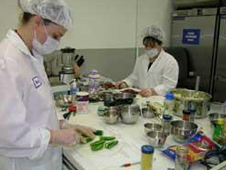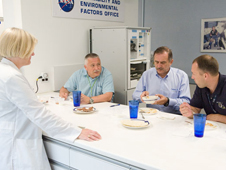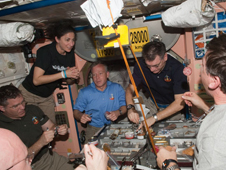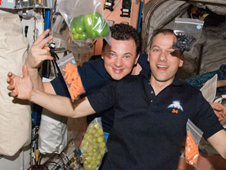Beerfish
Fat Side Winger
- Jan 20, 2008
- 60,616
- 101,300
- AFL Club
- Essendon
- Other Teams
- Nic Martin
- Moderator
- #26
Printing footballers.
We're building one that runs on stem cells at the new facility.
#whateverittakes
We're building one that runs on stem cells at the new facility.
#whateverittakes








